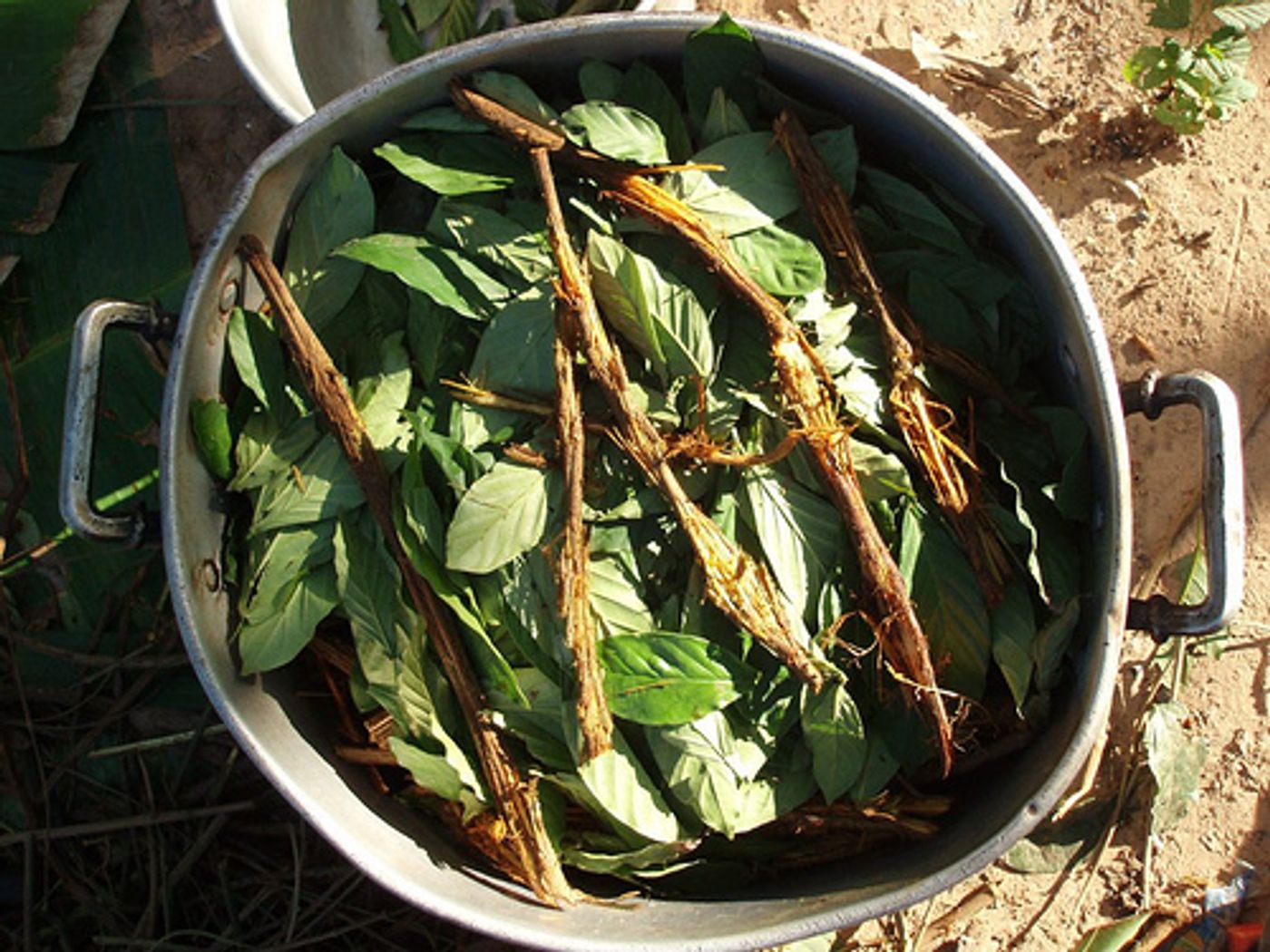Native South Americans have prepared and drunk ayahuasca for centuries. In a research review, it was demonstrated that the drink has antidepressant effects and can reduce anxiety in people, and in new work investigators researched the link betwen those effects and a compound that’s present in the drink at high levels, harmine. Harmine is in a class of chemicals called beta-carbolines. Recent work in mice has shown that beta-carbolines have potential to be used as a therapeutic for depression.
The scientific community has been interested in ayahuasca for decades. Brewed from a vine and a leaf, it is traditionally used in spiritual ceremonies and has psychoactive effects. It has a long history with indigenous peoples but of course was eventually discovered by Westerners who were a bit intimidated by it at first but eventually enjoyed its effects. As time went on, researchers wanted to know more about it and its potential use as a therapeutic agent. For this new research on ayahuasca,
published in the journal PeerJ, investigators were interested in the impact it might be having on neurons.
"It has been shown in rodents that antidepressant medication acts by inducing neurogenesis. So we decided to test if harmine, an alkaloid with the highest concentration in the psychotropic plant decoction ayahuasca, would trigger neurogenesis in human neural cells," said one author of the work, Vanja Dakic, doctoral student.
To investigate further, investigators treated human neural progenitor cells with harmine, the beta-carboline. Scientists working in collaboration at the D'Or Institute for Research and Education (IDOR) and the Institute of Biomedical Sciences at the Federal University of Rio de Janeiro (ICB-UFRJ) determined that the harmine treatment increased the growth of human neural progenitor cells, which lead to neurons, by 70 percent. In the video below, human neural progenitor cells are shown becoming neurons.
The researchers investigated how the harmine was having that effect on the cells, and found that there was reduction in expression of a gene called DYRK1A. Previous work has shown that the DYRK1A gene is overactive in people that have Down syndrome and those with Alzheimer’s disease. That has led the researchers to speculate at its use for disease treatment.
"Our results demonstrate that harmine is able to generate new human neural cells, similarly to the effects of classical antidepressant drugs, which frequently are followed by diverse side effects. Moreover, the observation that harmine inhibits DYRK1A in neural cells allows us to speculate about future studies to test its potential therapeutic role over cognitive deficits observed in Down syndrome and neurodegenerative diseases," said senior author of the work Stevens Rehen, a researcher at IDOR and ICB-UFRJ.
The following report from VICE has more about the therapeutic use and scientific research of Ayahuasca.
Sources:
AAAS/Eurekalert! via D'Or Institute for Research and Education,
Brazilian Association of Psychiatry,
Journal of Pharmacology and Experimental Therapeutics,
The New Yorker,
PeerJ









